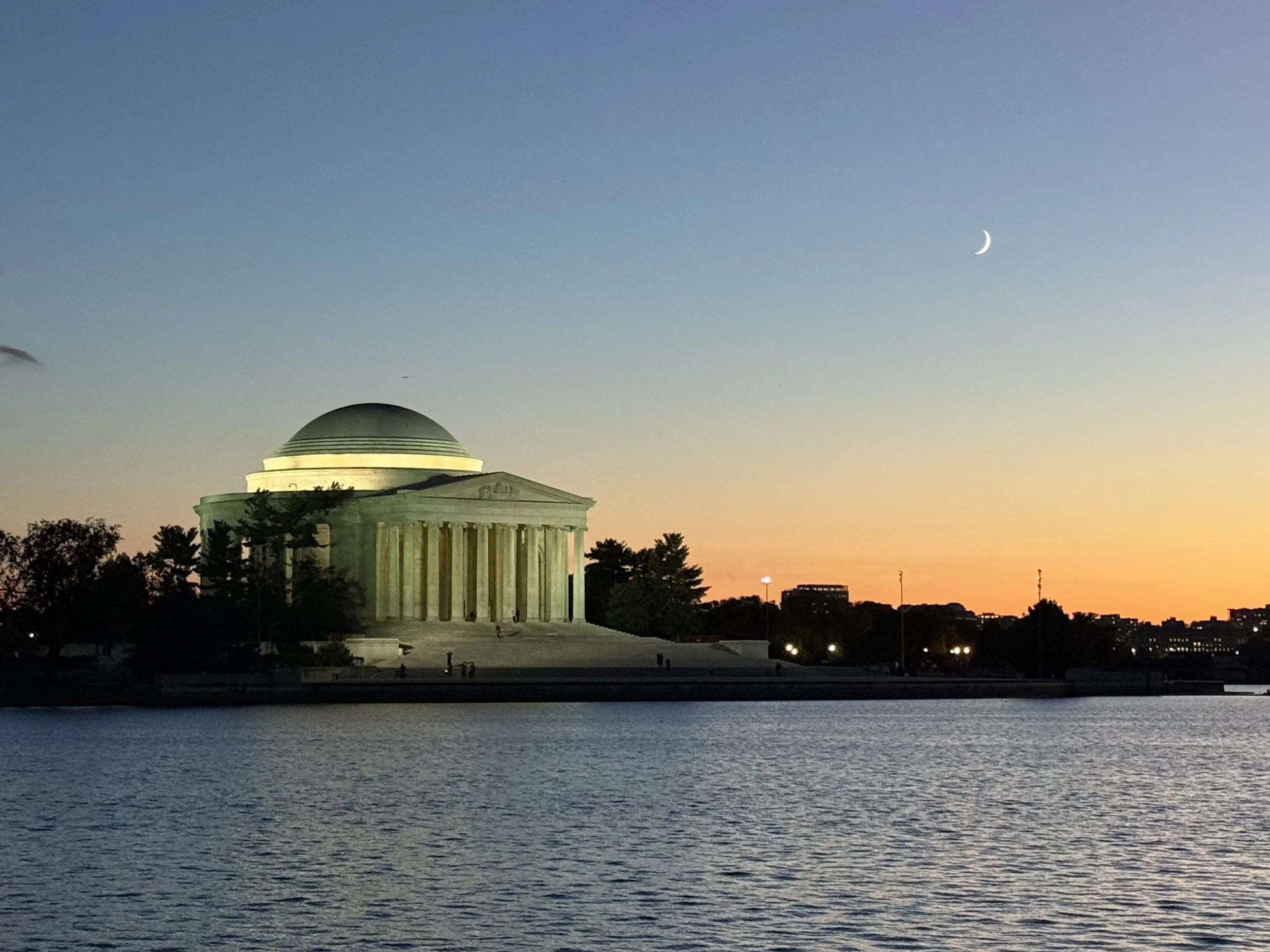Wetlands are once again the Hot Topic of the Summer
/An Iowa company is challenging USDA’s “Swampbuster” program, which conditions farmer benefits like crop insurance and loans on compliance with wetland conservation laws. Under Swampbuster, a farmer may not develop, drain, dredge, fill, or farm any land designated as wetland by the Natural Resources Conservation Service (NRCS) without risking the loss of USDA benefits.
CTM’s Challenge
CTM Holdings, LLC , a family-run company renting out over 1,000 acres to Iowa farmers, filed its complaint against the USDA and then-Secretary Vilsack in April 2024 in the U.S. District Court for the Northern District of Iowa. CTM owns around 71 acres of land in Delaware County, Iowa. In 2010, USDA determined nine of those acres are protected wetlands.
CTM alleged that Swampbuster violates the federal Commerce Clause because Swampbuster applies even to intrastate wetlands. The wetlands on CTM’s property are located solely within Iowa and are not connected to any navigable waterway. CTM thus argued that Congress exceeded its power in passing Swampbuster in the first place. CTM also claimed that Swampbuster is unconstitutional because it conditions federal farm benefits on the waiver of constitutionally protected property rights. To remain eligible for USDA programs, landowners must keep designated wetlands out of production. But CTM argues that this unconstitutionally requires farmers to waive their right to “just compensation” that they would have been entitled to if the government were taking the land directly through an eminent domain case. Finally, CTM challenged the USDA’s process for wetland designations, claiming two regulations exceeded the USDA’s statutory authority. The first regulation, 7 C.F.R. § 12.2(a), defines the actions that constitute a wetland conversion. The second regulation, 7 C.F.R. § 12.30(c)(6), governs when a landowner may seek a wetland redetermination.
The USDA denied all claims and argued that Swampbuster does not violate CTM’s rights because participation in USDA programs is voluntary. According to the agency, CTM cannot opt into USDA programs while seeking to avoid their associated obligations and restrictions.
The parties participated in a hearing on their respective motions for summary judgment on March 31, 2025. Judge Williams has taken the motions under advisement and is expected to issue an opinion at a later date.
The Broader Wetlands Context
This is not the first high profile wetlands challenge in recent years. Nearly two years ago, the Supreme Court narrowed the Clean Water Act’s (CWA) definition of “Waters of the United States” (WOTUS) in Sackett v. EPA. The previous standard, articulated by Justice Kennedy in Rapanos v. United States, included any wetland with a significant nexus to WOTUS, even if lacking a visible surface connection. In that same opinion, Justice Scalia proposed a narrower definition, requiring a continuous surface connection between a wetland and WOTUS to fall within the CWA’s jurisdiction. In Sackett, the Court adopted Justice Scalia’s more limited approach, reducing the number of wetlands covered by the CWA.
Although both Swampbuster and the CWA regulate wetlands, what falls within each agency’s jurisdiction varies. Under the CWA, the EPA and U.S. Army Corps of Engineers oversee wetlands that meet the Sackett standard. NRCS, on the other hand, applies a technical definition based on soil, hydrology, and vegetation to decide what constitutes a wetland under Swampbuster. These differences can create conflicts because the same parcel may qualify as a wetland under one regime but not the other.
Looking Ahead
It is up to the district court to determine whether Swampbuster can survive. If the law is upheld, USDA will likely continue to condition federal payments on wetland preservation, taking acres out of production. If CTM’s challenge is successful, it would have major implications nationwide. The case could limit USDA’s ability to tie conservation compliance to federal farm programs and would reshape how wetlands are regulated on agricultural land across the United States.
This article was drafted with our 2025 summer law clerk, Kaleigh Shaw




